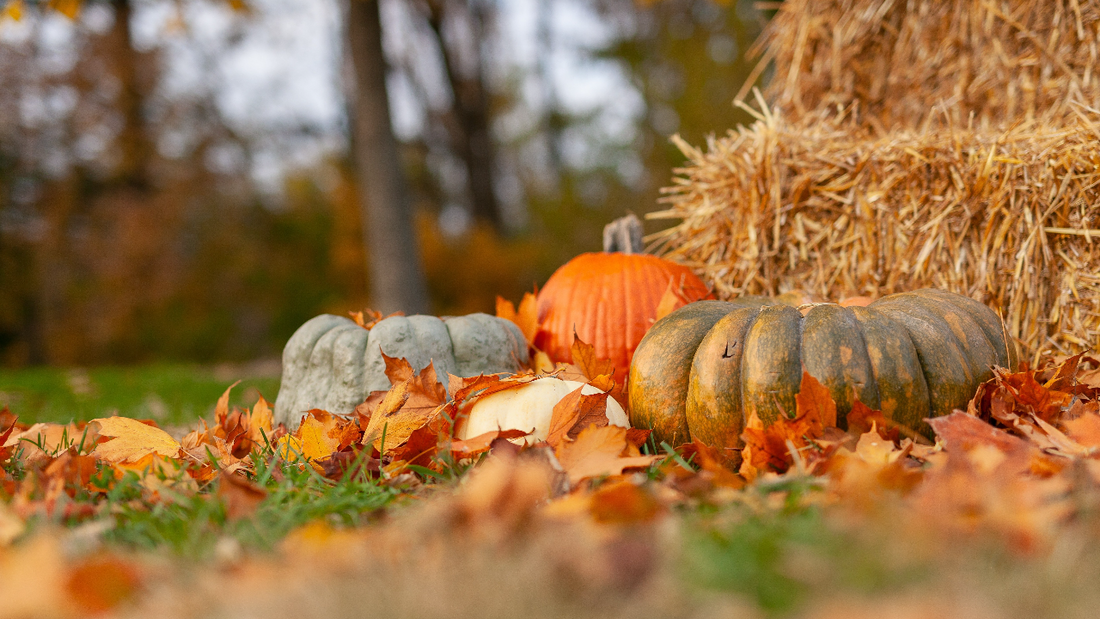
The Haunting Effects of Halloween Candy
Share
photo credits @unknitandtiedtogether
Trick-or-treat, sugar is sweet, look out for certain candies that your kids will eat!
Halloween is just around the corner! Even though this year might look a little different, it’s still one of the most candy-filled holidays of the year. Did you know that Americans purchase roughly 600 million pounds of candy during the Halloween season? The candy aisle has grown extensively and around the holidays, some stores even designate an entire section towards sugary treats.
The Candy Industry recently released their 2021 most popular candy type, broken down by states in the US. Sour patch kids and Starbursts continue to lead in terms of popularity for a large number of states, with skittles being another popular choice in the ranking system. I mention this because the types of candy and sugar your child consumes during the Halloween season is important to understand in order to help prevent future dental problems.

In a previous article written, I offer parents different tricks this Halloween season that allow your little ones to enjoy their treats, but in an oral healthy fashion. In this blog, I explain that sorting through candy can be one of the most influential ways in reducing the risk for developing cavities through the holiday season. To explain even further, I have broken down which candies and treats are worst, better, and best for your child’s oral health.
Candies to Stay Clear Of This Season
Per the American Academy of Pediatric Dentistry (AAPD), there are certain treats to avoid completely. Those “dangerously sweet” candies include: gummies, caramels, sour candies, and sugar-filled bubble gums. These treats are more likely to “stick” around for much longer than desired. Sticky, sugary, and those sour candies get trapped in the deep pits and grooves of teeth and provide the bacteria in our mouths a favorable environment for acid production. These acids are what contribute to the breakdown of the outermost layer of tooth surface (enamel), and before you know it, the cavity process has begun.
Treats to Consume with Caution
The next category of treats that are less scary in terms of leading to developing cavities (but should still be consumed in moderation) include items such as: milk chocolate, pretzels, and crackers. Chocolates tend to melt faster and do not have a tendency to linger on teeth, unless they are combined with caramels or other sticky ingredients. Pretzels and crackers are excellent substitutes to sour candies and gummies. While pretzels and crackers are still considered starchy foods and pose a potential risk for being caught between teeth, they are a much preferred treat option.
The Go-To and Preferred Candy Choices
The absolute best candy choice for your teeth during Halloween is dark chocolate, because of its antioxidant properties. According to the AAPD, the antioxidants found in dark chocolate may even help with fighting against cavities and poor gum health.
Sugar-free gum is also a great option because it can help “pull away” the bacteria from the deep grooves of your teeth. Sugar-free gums that contain xylitol are even better at helping reduce the risk for developing cavities.
Non-candy alternatives are an excellent way to celebrate the Halloween season while giving away something fun and safe for kids’ teeth. Some popular non-candy alternative treats include: stickers, crayons or pencils, bubbles, play-doh, glow sticks, or other small items. This is also a way to support kids that have food sensitivities on a holiday that is so candy attractive. In addition, non-candy alternatives help distract kids from candy consumption and provide them with a nice surprise in their bucket once the monotony of candy being tossed inside wears off.
Help Defeat The Sugary Sweets: Brush, Floss, Rinse, Repeat
As a reminder, brushing twice a day and flossing nightly are good oral hygiene recommendations in general. However, during the Halloween season, these habits become even more important to enforce into your child’s routine. You may consider adding a fluoridated mouthrinse to their night time brushing routine. This can serve as added protection against the harmful bacteria and acid that form after eating sugar. Lastly, don’t forget to schedule your child’s routine dental visit. Hearing about tooth horror effects as a result of Halloween candy from someone other than yourself may be helpful in motivating your child to sort their candies to keep a healthy smile.

photo credits @thefurniturechildren.
About the Author
Kristen Cockrell, MS, RDH. Kristen is a Registered Dental Hygienist with a passion for preventive pediatric dentistry and oral health education. Kristen earned her master’s degree in dental hygiene education at the University of North Carolina at Chapel Hill.

